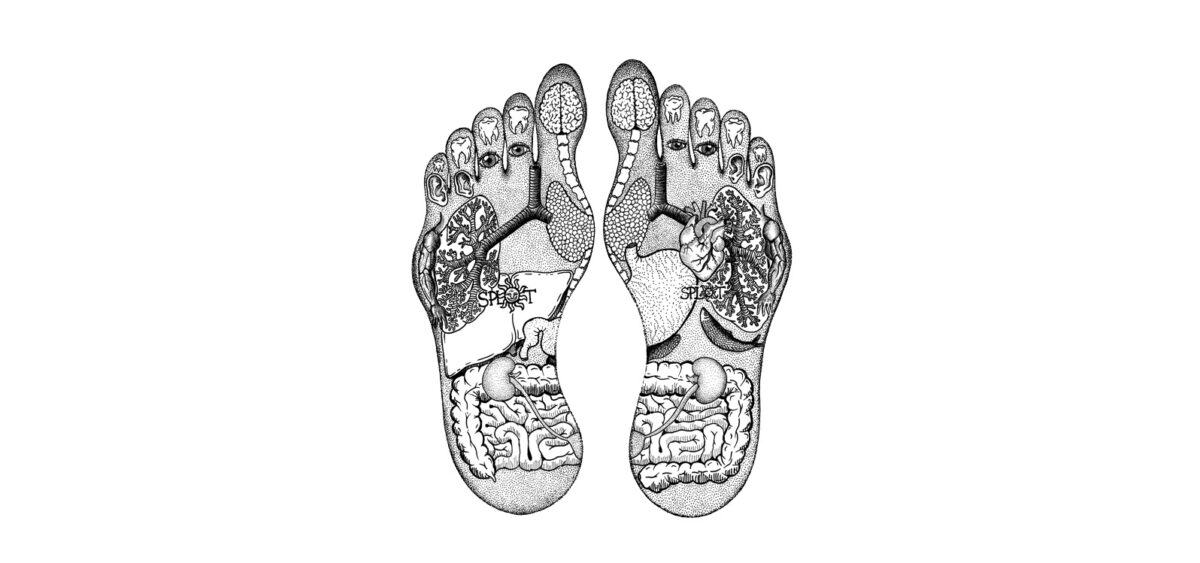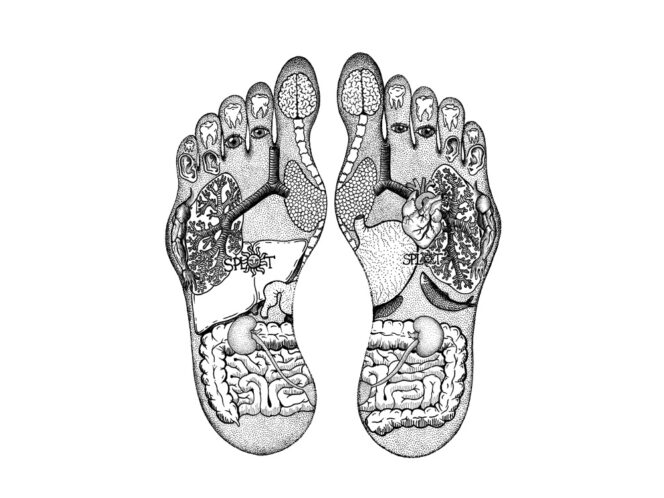
You would think that, with a couple of exceptions, the human body holds no great secrets anymore. That said, an argument has been raging for years over fasciae, the connective tissue that envelopes all of our internal organs. The very existence of fascia is obvious, but its significance in the treatment of diseases and disorders is quite another thing.
Coming up with a precise definition of fascia is proving quite problematic for scientists. In popular science texts, they give the example of a fresh chicken breast bought in a shop, with the white membrane that surrounds the meat. That membrane is a fascia.
An American association, The Fascia Research Society, established an official definition which states that a fascia is a sheath, coating, or any other distinctive cluster of connective tissue that forms under the skin to connect, surround and separate muscles and other internal organs. The Society notes that the fascia system surrounds “all organs, muscles, bones, and nerve fibres, giving the body a functional structure.” Experts on the subject believe that, among other things, the following can be considered structural elements of fascia: joint capsules, ligaments, the retina, as well as the pericardium, peritoneum and the pleura (the fasciae that encase the heart, abdomen and lungs respectively).
“This is a continuous structure, unlike a muscle that starts and ends somewhere. Fascia is a connector that brings many elements together, and has the potential to affect the body in a universal way,” says Michał








